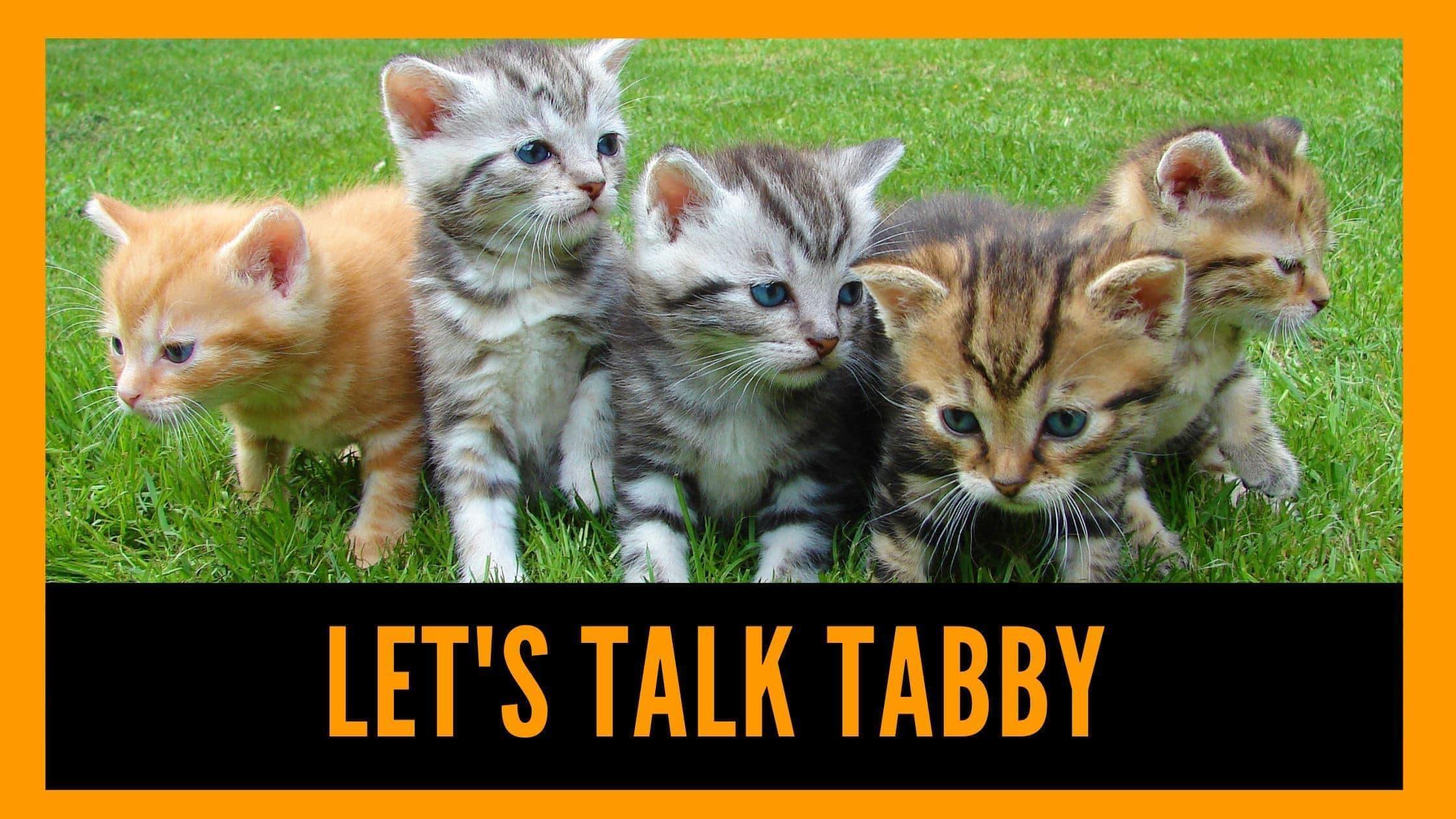We occasionally call the average house cat a tabby. Tabby is not a cat type—tabby refers to the patterns found in a cat's coat. It's the most common of all the coat patterns. Technically speaking, whatever colors or markings you see on your cat, all felines possess the tabby gene. Other cat shades or patterns might hide those tabby markings, too!
What exactly are Tabby Cats?
First, some tabby fundamentals: all orange cats are tabby pet cats and the other way around.
You can often see those pale tabby markings on a solid-colored feline in the bright sun. Have you ever seen an intense red or orange or cream cat without the familiar tabby markings? You will not, since the genetics that makes a cat orange or cream likewise makes the tabby markings noticeable.
All tabbies have thin pencil lines on their faces, expressive markings around the eyes, and a unique letter "M" on their foreheads. Some believe the "M" is for Mau, the word for "feline" in old Egypt. Others think the "M" stands for Mohammed, that liked tabbies. Others believe it is the true blessing of the Virgin Mary.
There are five kinds of tabby coat patterns, each possessing its very own unique markings. We've listed them with images to show.
See if you can determine which tabby your cat is:
1. The Classic Pattern

The classic tabby has healthy, swirling patterns along his sides—similar to a marble cake. This tabby is called a "blotched tabby" in some regions. The pattern of circular spots on the classic tabby's body can sometimes look like a bullseye.
2. The Mackerel Pattern

A mackerel tabby has slim stripes that run in parallel down her sides. Some people describe this as a "tiger cat." The body has narrow lines running down the sides in a vertical pattern.
Ideally, the stripes are non-broken lines and evenly spaced. They branch out from one strip that runs along the top of the cat's back down the back, resembling a fishbone. This is why the term "mackerel" is used to describe this tabby.
3. The Spotted Pattern

Spots mark the side body of the spotted tabby. These can be huge or small, as well as often seem broken mackerel stripes. They can be rounded, oblong, or rosettes.
Typically, a mackerel tabby with a busted pattern looks like a spotted tabby. It is disputed whether these spots developed from a mackerel tabby or originated from a different gene.
4. The Ticked Pattern

A ticked tabby pet cat (in some cases called Abyssinian tabby or agouti tabby) does not have the conventional red stripes or and may not be a tabby in the beginning. Nevertheless, like all tabbies, this layer pattern has tabby markings on the body's face and agouti patterns.
What are agouti hairs? If you search for close at the lighter parts of a tabby's coat, you will see that the specific hairs are candy-striped with alternating light and dark bands, referred to as the agouti hairs. The ticked pattern is shown plainly in Abyssinians; however, it additionally shows up in blended breeds.
5. The Patched Pattern
 Tortoiseshell (also called tortie) is the term that is used to describe this tabby. There are separate patches o brown and orange on the same animal in the usual form.
Tortoiseshell (also called tortie) is the term that is used to describe this tabby. There are separate patches o brown and orange on the same animal in the usual form.
A tortie that additionally brings the tabby gene is typically called a torbie. Patched tabbies can reveal any one of the above four distinctive tabby patterns. The markings are usually extra noticeable on the legs as well as the head.





















